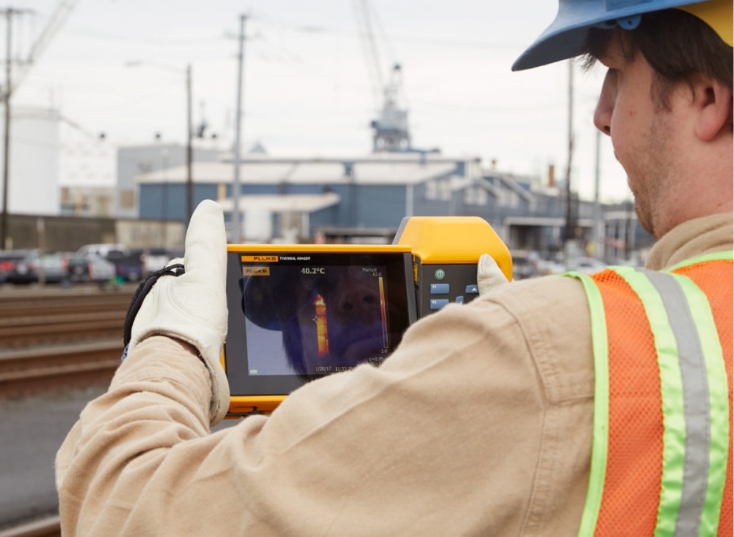Pile driving is a critical part of many construction projects, particularly for large structures or buildings that require deep foundations. Ensuring that the piles are driven to the correct depth and load capacity is essential to maintain the structural integrity and stability of the project. One of the most effective ways to achieve this precision is through the use of a Pile Driving Analysis System (PDAS). This technology has revolutionized how engineers assess and monitor the performance of pile driving, ensuring that construction processes are both efficient and reliable. In this comprehensive guide, we’ll delve into the details of pile driving analysis, its applications, and how it enhances the construction process.
What is Pile Driving?
Before diving into the specifics of Expert Pile Driving Analysis Systems, it’s important to understand the process of pile driving. In construction, piles are long, slender columns typically made of concrete, steel, or wood, which are driven deep into the ground to support a structure. This is often done when the surface soil is not strong enough to bear the weight of the structure. Pile driving involves using a pile driver to hammer or press piles into the ground to a predetermined depth.
What is a Pile Driving Analysis System (PDAS)?
A Pile Driving Analysis System (PDAS) is a specialized tool used to monitor and analyze the process of driving piles. It provides real-time data on the behavior of the pile, such as the force applied to the pile, the velocity of the pile, and the depth of penetration. This data is then analyzed to assess the pile's performance during the driving process. The system helps engineers determine if the pile is being driven to the correct depth and whether it meets the required load-bearing capacity.
PDAS uses sensors, such as accelerometers and pressure transducers, which are typically mounted on the pile or attached to the pile-driving equipment. These sensors measure parameters like driving energy, pile integrity, and penetration resistance. The collected data is then transmitted to a computer or handheld device where it is processed and analyzed.





Comments